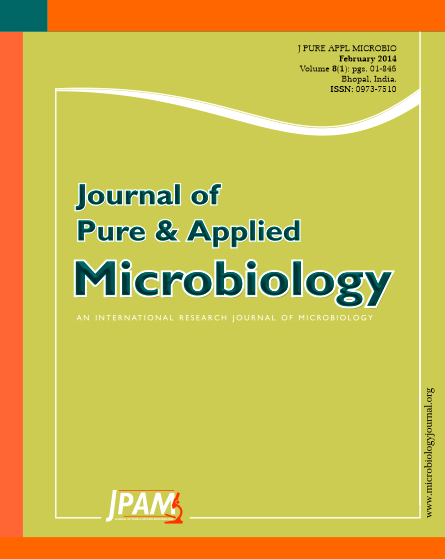Pinus densiflora oil chemical constituents and its biological properties were studied in this work. Volatile oil was identified using UPLC MS/MS analysis. Antimicrobial activity of the oil was investigated against fungi, bacteria (G+ve, G-ve), and yeasts measuring the inhibition zones. Sustainability of pine oil treated Hep G2 cells were assessed by MTT assay, flow cytometric analysis of cell cycle progression was carried out using 0.4, 0.8, 1.2 and 1.6 % (v/v) of pine oil for 3h. UPLC MS/MS analysis showed that the major constituents of the oils were monoterpene hydrocarbons and phenolic flowed by sesquiterpenes. b-pinene and a-pinene were the major hydrocarbons constituents. Antimicrobial assay showed that crude Pinus volatile oil has an antimicrobial activity at 60 µl of the crude oil comparable to 40 µl while the activity was very low at 20 µl for all tested microorganisms and this may related its monoterpene hydrocarbons and phenolic contents. Exposure of Hep G2 cells to pin oil for 24 h resulted in significant cytotoxicity as a concentration dependent, decrease in survival of cells were obtained. A significant increase in the proportions of apoptotic/necrotic Hep G2 cells in sub-G1 phase. No change in cell cycle progression was indicated. Results expressed the possibility of using Pinus essential oils as antimicrobial agents. However, Pine oil treatment was found extremely toxic.
Pinus densiflora oil, Chemical constituents, Antimicrobial activity
© The Author(s) 2014. Open Access. This article is distributed under the terms of the Creative Commons Attribution 4.0 International License which permits unrestricted use, sharing, distribution, and reproduction in any medium, provided you give appropriate credit to the original author(s) and the source, provide a link to the Creative Commons license, and indicate if changes were made.


